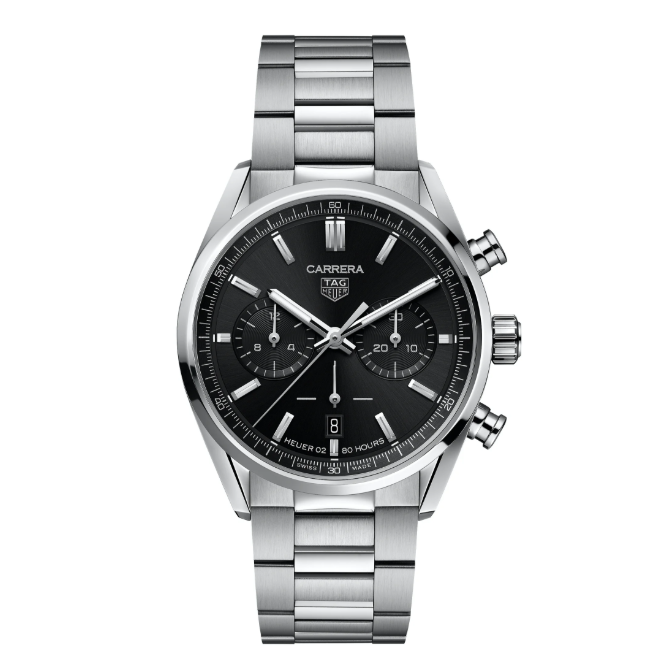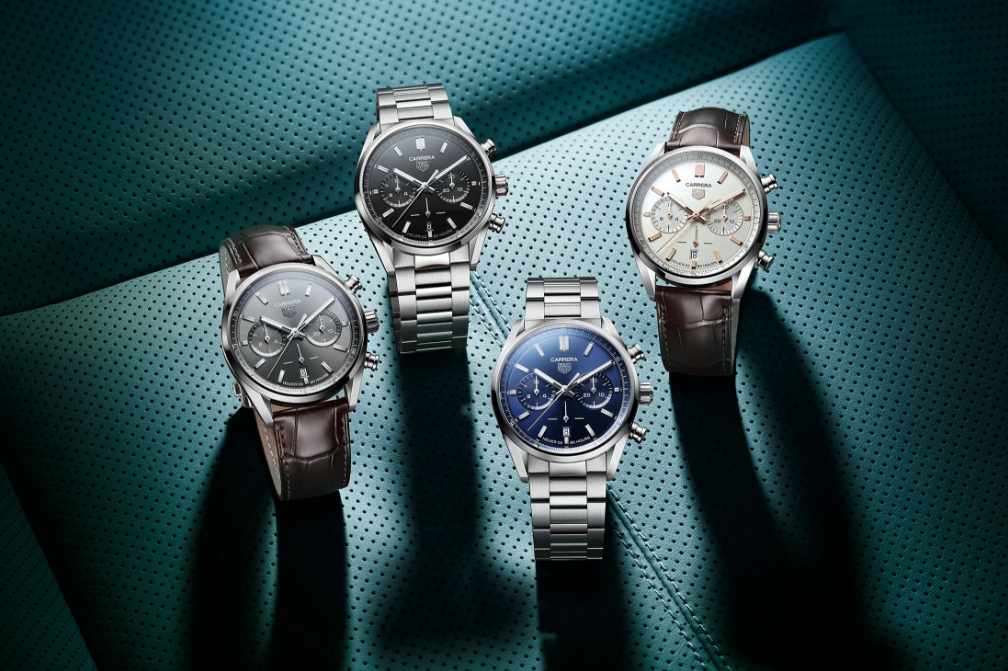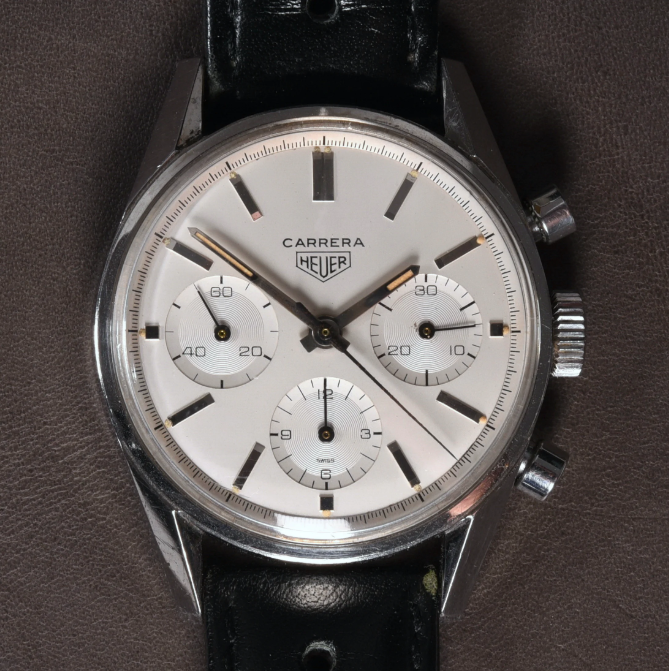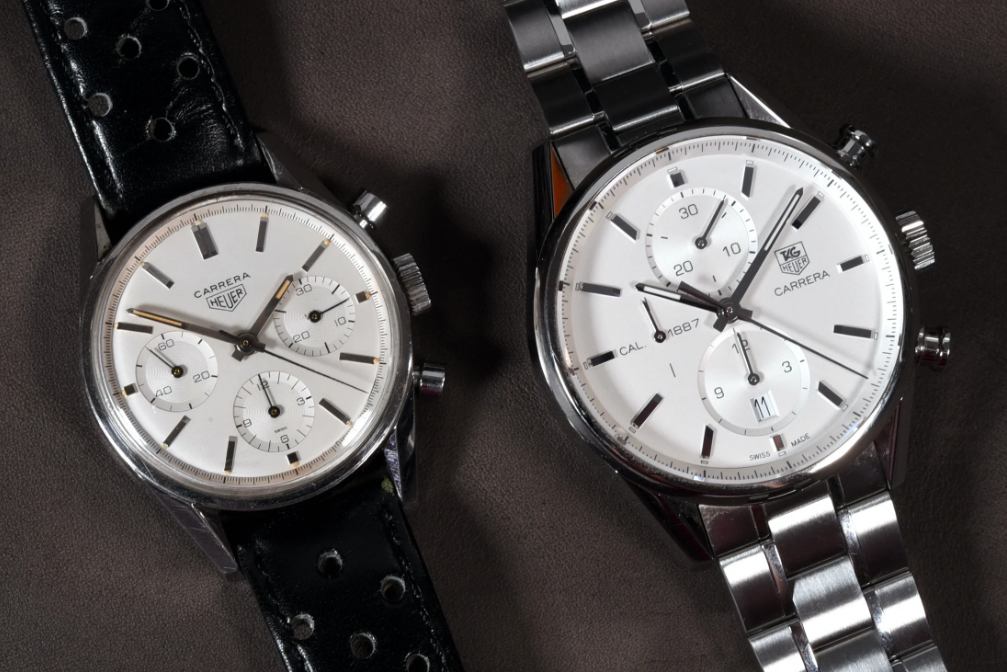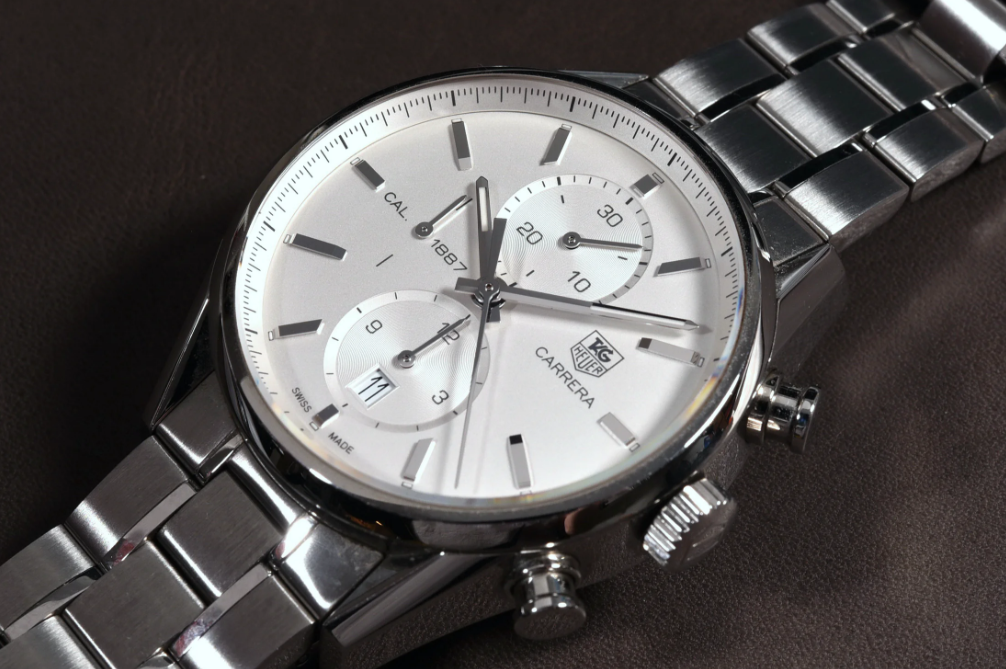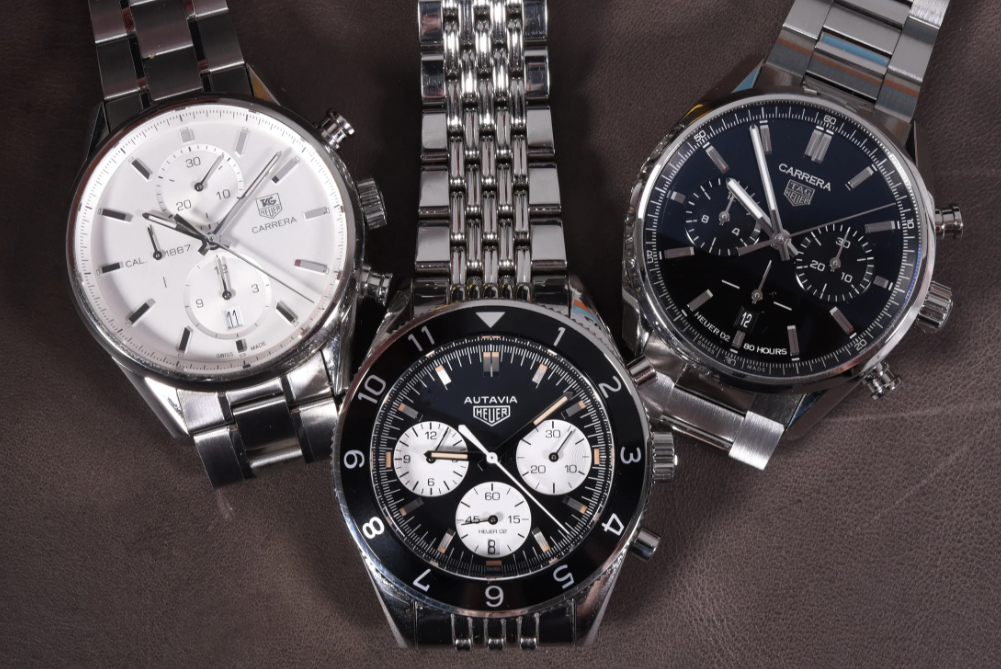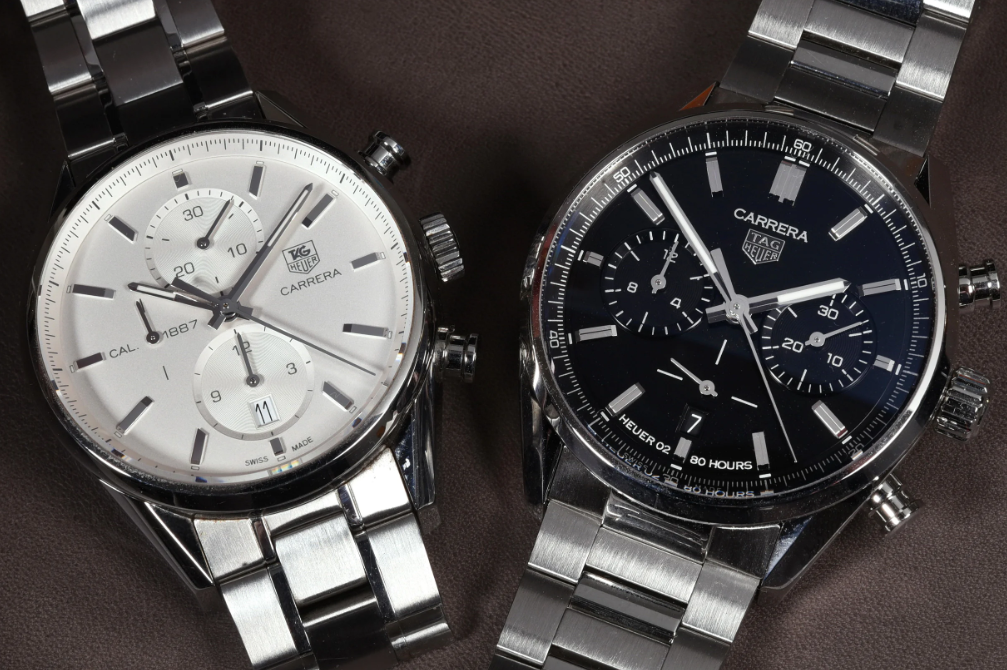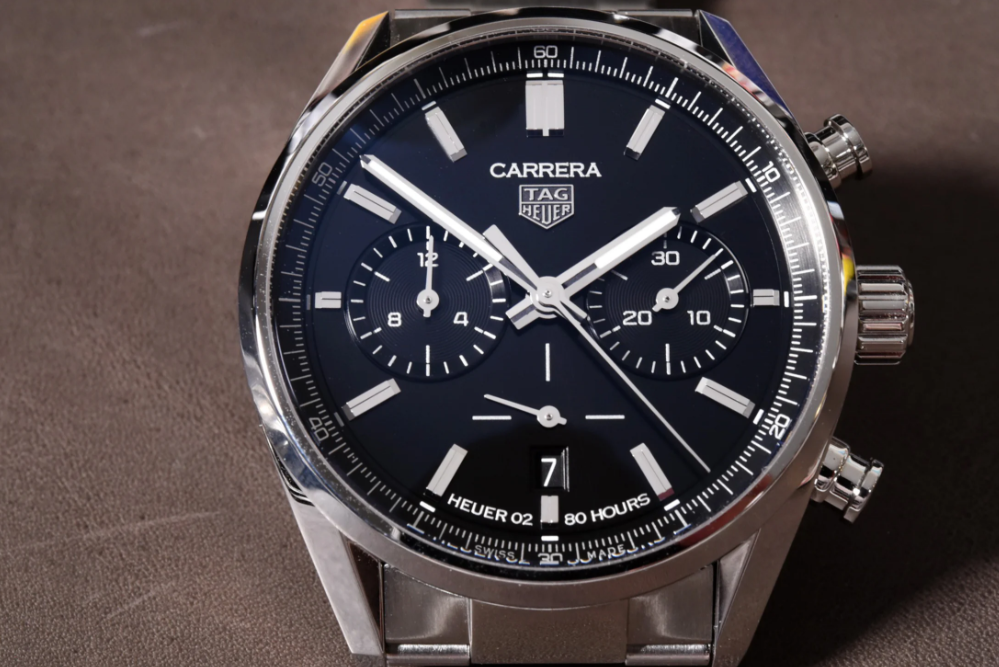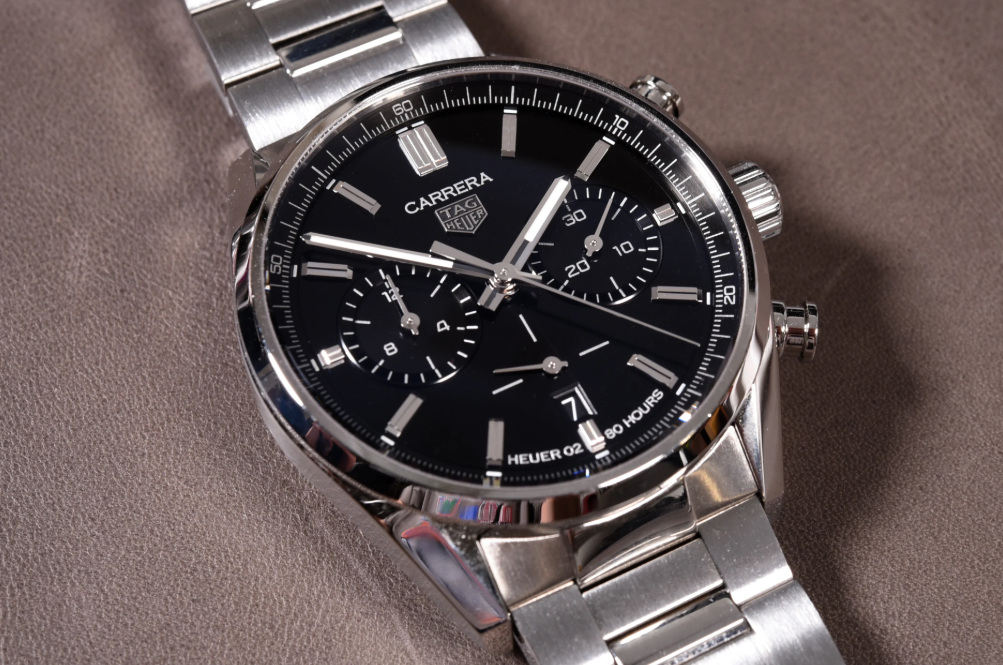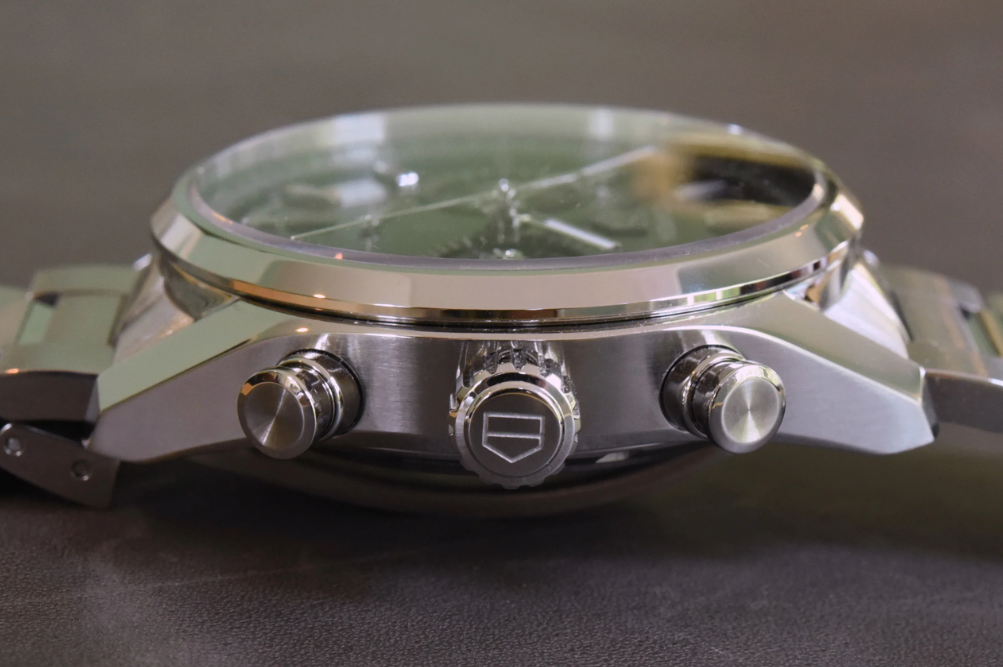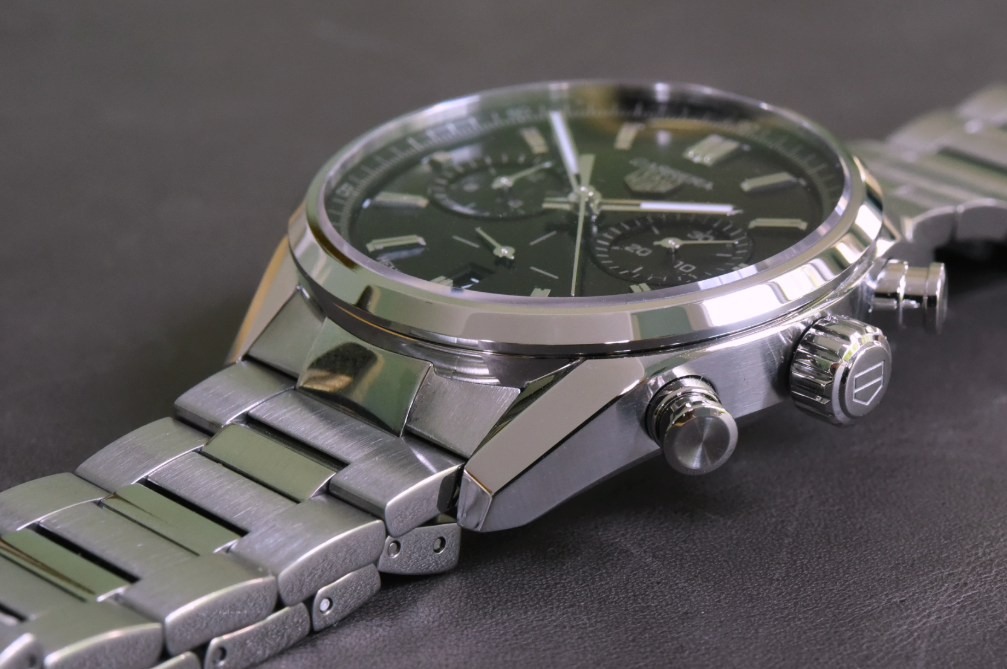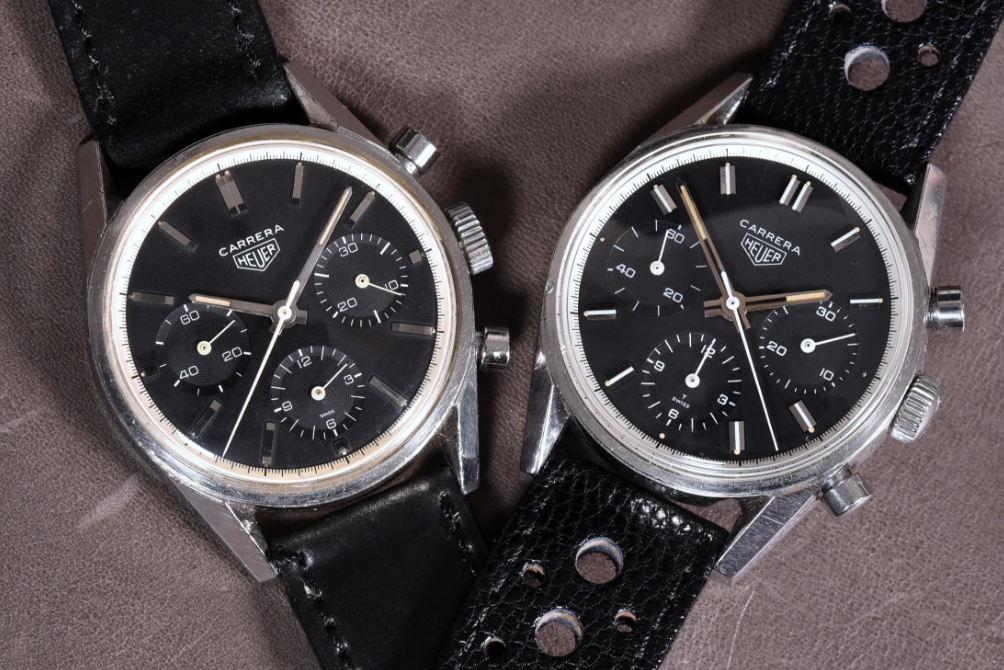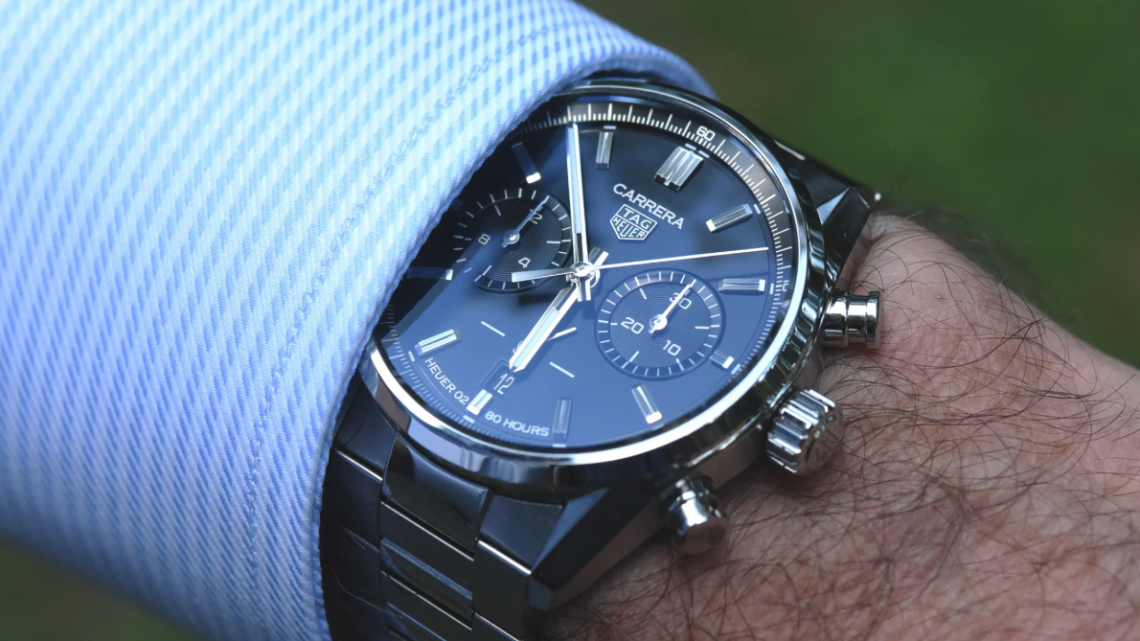
The New Fake TAG Heuer Carrera Chronograph
When it comes to building the largest warships, there are no prototypes. It takes over 10 years and $15 billion to build today’s aircraft carrier, so when the United States Navy is developing a new class of these ships, they can’t just 3D print a series of prototypes. Instead, efforts will focus noob watches on the first ship produced as part of the new class, called the “lead ship” or the “first-in-class.” The class will be named after this lead ship, so, for example, the “Gerald Ford” class of aircraft carriers recently replaced the “Nimitz” class, which had been in service since 1975. The lead ship will incorporate significant technical and design changes from the previous class and will serve as the basis for the subsequent ships in the class.
Wristwatches are a good bit less time consuming to design and build than aircraft carriers, and the brands create numerous prototypes as they develop new models. Still, the first watch to be launched in the new “class” will be important.
Much like the aircraft carrier, the “lead watch” will incorporate new technologies and design elements and establish the look and feel of the range for years to come. It may be easy to restyle the dials, hands, and decorative elements from one version to the next; however, once the case and movement are established, it will be very difficult to change the “bones” of this particular battleship.
Today, fake Tag Heuer has introduced its new Carrera Chronograph, the “lead ship” of a new range of chronographs that is likely to be with us for many years. While brands like TAG Heuer introduce new versions and executions with some frequency, the introduction of a new model is a special event. TAG Heuer introduced the Calibre 1887 Carrera chronograph in 2010, and the Heuer 01 Carrera chronograph in 2015, and has now added two new models to its catalog in 2020 – the Carrera Sport Chronograph in July 2020 and the Carrera Chronograph today. (In this article, we will refer to this newest watch as the “Carrera Chronograph” or the “2020 Carrera Chronograph”.)
TAG Heuer has introduced four versions of its new Carrera Chronograph. Dial colors are opaline black (Ref CBN 2010), blue sunray (CBN 2011), and anthracite sunray (CBN 2012), as well as a version with a silver opaline dial and rose-gold accents (CBN 2013). The newest Carrera uses a 42mm stainless steel case and is powered by TAG Heuer’s Heuer 02 in-house movement.
Origins Of The Carrera
Whether by design or by coincidence, TAG Heuer’s approach in the new 2020 Carrera Chronograph follows approaches that Heuer used with its Carreras in the 1960s, so we’ll explore that history to understand the origins of the new Carrera and also to see how the model might develop over the next several years.
The introduction of the Carrera chronograph in 1963 was a defining moment for Heuer Leonidas, S.A. and its young president, Jack Heuer. Heuer began offering distinct collections of chronographs in the mid-1930s, but these collections were known only by their reference numbers. The predecessor of the Carrera was the Reference 2447 chronograph, with numerous models being produced from the early 1940s through the late 1950s. Some versions became rather “busy,” for example, with a tachymeter scale to indicate speed over a measured distance or a pulsations scale to check the patient’s heart rate. What was missing all these years, however, was a model name. Heuer addressed this with the introduction of its “Autavia” collection in 1962, and the “Carrera” models would follow in 1963.
The first Carreras were defined by their minimalist approach. On most models, the scales were removed from the dial, and the inner tension ring / bezel would serve two purposes – providing the spacing between the dial and the crystal and also providing the surface for the hash-marks showing the seconds and fifths of seconds. From these launch models in 1963, Heuer would develop over 125 versions of the Carrera, with it finally being retired in the mid-1980s.
The Carrera wouldn’t be gone for long, however, as TAG Heuer introduced the first re-issue of the Carrera in 1996. These first TAG Heuer Carreras generally followed the style of the 1960s models, but beginning around 2004, the Carrera developed a distinctive look of its own. The large cases featured a fixed tachymeter bezel, often seen as the symbol of motorsports, with dials and hands showing a variety of colors. The Grand Carreras made their debut in 2007, using rotating discs to evoke the look of motorsports technology.
The Calibre 1887 Carrera
There was excitement among enthusiasts in 2010, with word that TAG Heuer would be introducing an entirely new range of Carreras. The new Carrera would be the “launch model” for TAG Heuer’s new in-house movement, the Calibre 1887. Vintage enthusiasts were encouraged by the fact that the newest Carrera would draw heavily from the very first Carreras from 1963, incorporating both the traditional geometry of the Carrera case and the clean style of the Carrera dial.
Through a dealer in England, I received one of the first Calibre 1887 Carreras to arrive in the United States and was awestruck when I took the watch out of the box. The dial was bright white, with thin markers and hands, as on the very first Heuer Carreras from 1963. This is about as “clean” as a dial can be – a small “TAG Heuer” logo at three o’clock and the “Cal 1887” at nine o’clock, with the date window almost hidden in the hour recorder, at six o’clock. In 1963, we saw the Valjoux 72 powering a chronograph that showed the beauty of minimalism; in 2010, we saw the Calibre 1887 powering a chronograph that followed this same approach. There was a consistency between these two Carreras, one from 1963 and one from 2010, as if the same hand had drawn both models.
Enthusiasts would forgive the fact that the Calibre 1887 Carrera had its registers in the six o’clock, nine o’clock, and 12 o’clock positions, rather than the traditional three o’clock, six o’clock, and nine o’clock (sometimes called “tri-compax”). The watch was a huge step in the right direction after the Carreras of the previous decade, reflecting the style of the first Carreras, even if the configuration of the movement prevented TAG Heuer from earning all the points.
A Grab And Go Chronograph
Over the next decade, this white Calibre 1887 Carrera chronograph has been one of the mainstays of my watch rotation. Along with the re-issue of the Autavia from 2017, the Calibre 1887 Carrera is the watch that gets the call when I am in the mood for the look of one of my beloved Heuer chronographs, but don’t want to wear a precious vintage model. Wind it up, set the time, and it goes; start, stop, and reset the chronograph, and it operates perfectly. No concerns about reliability, no worries about theft, and no real damage done from the unexpected encounter with the door jamb. This Carrera is a favorite “grab and go” chronograph, sitting alongside the 2017 Autavia in the watch box.
With the first rumors of the 2020 Carrera Chronograph model, however, I wondered whether it might be time to add a third “grab and go” watch to the rotation. I was certain of one thing – on a “cost per outing” basis, the Calibre 1887 Carrera had earned its keep, with 10 years of perfect service in the rotation.
Arrival 2020
There was awe when I took the Calibre 1887 Carrera out of the box in 2010, and almost 10 years later, the new Carrera Chronograph produced the same excitement.
First things first – with the change from the Calibre 1887 movement to the Heuer 02 movement, the registers are in the correct locations, at least for the vintage enthusiasts – chronograph hours and minutes at nine o’clock and three o’clock, and running seconds at six o’clock. With plenty of open space available at the top, dead-center of the dial, the new watch features a prominent print of the word “Carrera,” with the same heavy ink and fine detail as we see on the vintage models.
The Carreras have always been defined by their clean dials, and the newest Carrera is true to this approach. The applied metal TAG Heuer shield at the top of the dial pairs nicely with the printed “Carrera,” and the “Heuer 02” and “80 Hours” printed at the bottom of the dial create an additional focal point. On the Carrera Sport Chronograph, some reviewers questioned this additional printing, but to my eye, it replica watches uk gives the dial a good top-to-bottom balance. The 80-hour power reserve is an important feature of the watch, and calling this out on the dial hardly seems excessive when other brands are printing summaries of their watches’ specifications on the dials.
TAG Heuer calls the paint “opaline black,” and those who prefer plain English would say that the paint lies closer to a matte finish, but with a soft gloss or luster. The markers and hands of the new Carrera show considerably more presence than those on the 2010 model. The markers are “double wide,” and the hands are longer and wider, with the additional mass of the hands allowing for wider lume and a black stripe continuing from the end of the lume toward the center pinion. The dial is printed in silver, a touch that, in the 1960s, had been reserved for a limited number of special Carreras.
The case of the new Carrera is all business, providing a nice frame for the strong dial and hands, but not drawing much attention to its own features. The dial and hands are the stars of the show, and there is no large external bezel to vie for our attention. The surfaces of the case are polished, with the exception of a brushed finish on the sides. The pushers are capped, and the crown is oversized, closer to the size and shape of the crown used on the Formula 1 models than the smaller ones used on previous Carreras.
TAG Heuer has introduced a new bracelet for the new Carrera Chronograph, with distinctive H-shaped links. The combination of brushed and polished links follows the pattern of the case.
We Have Seen This Before
Looking at the 2010 Calibre 1887 Carrera and the 2020 Carrera Chronograph side-by-side, we see that TAG Heuer has taken a page from the vintage Heuer playbook. The first Carreras in 1963 used the simple, thin markers on the dial and, following one of the brand’s unwritten rules, the hands matched the style and weight of the markers.
But by 1968, Heuer moved to the second execution of the Carrera, with the larger, more dramatic markers and hands. Yes, by 1968, the 1960s had become the 1960s, and the watches could reflect the vibe of the decade.
The 2020 Carrera Chronograph follows this same approach, as if to announce that 10 years after the Calibre 1887 Carrera evoked the minimalism of the first Carrera, it’s time replica watches uk for an update. The restyling that we saw in 1968 provides the cues for 2020, featuring the stronger markers on the dial and more prominent hands showing the time.
